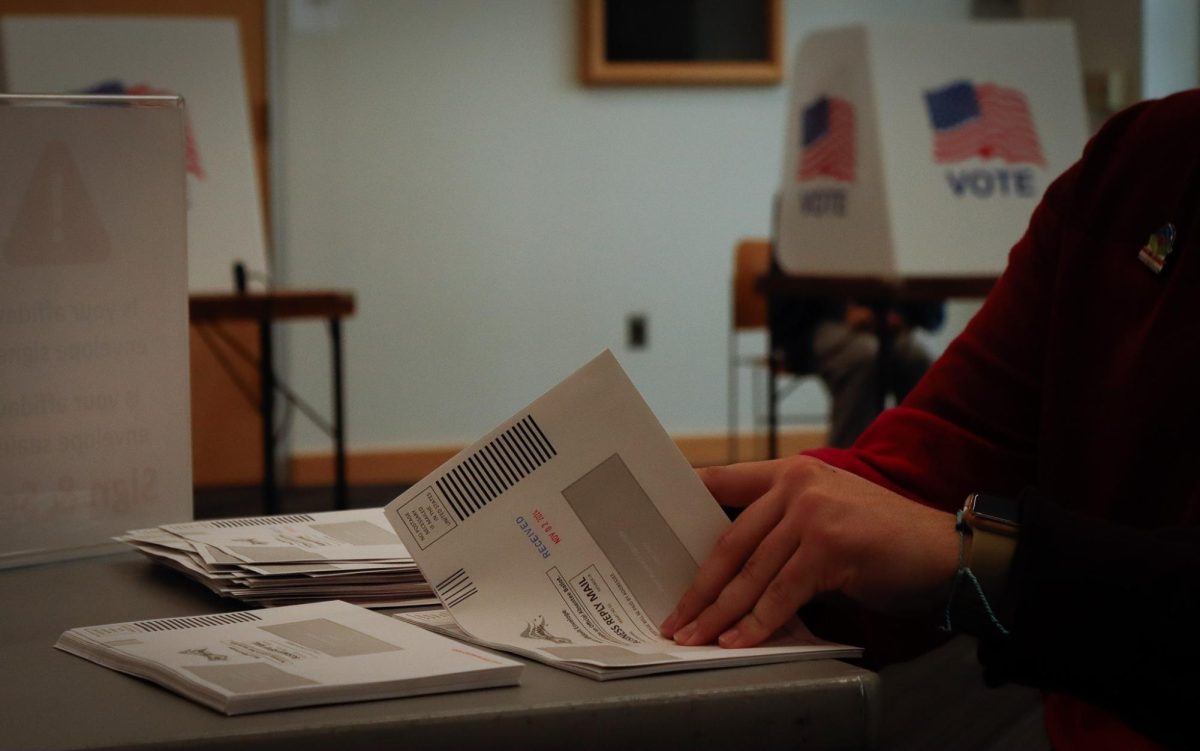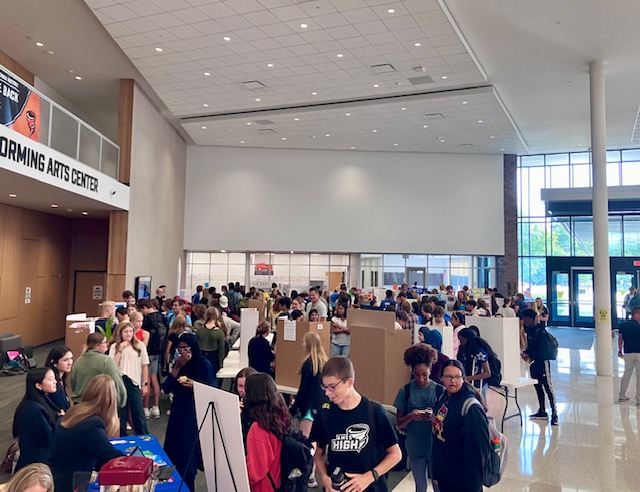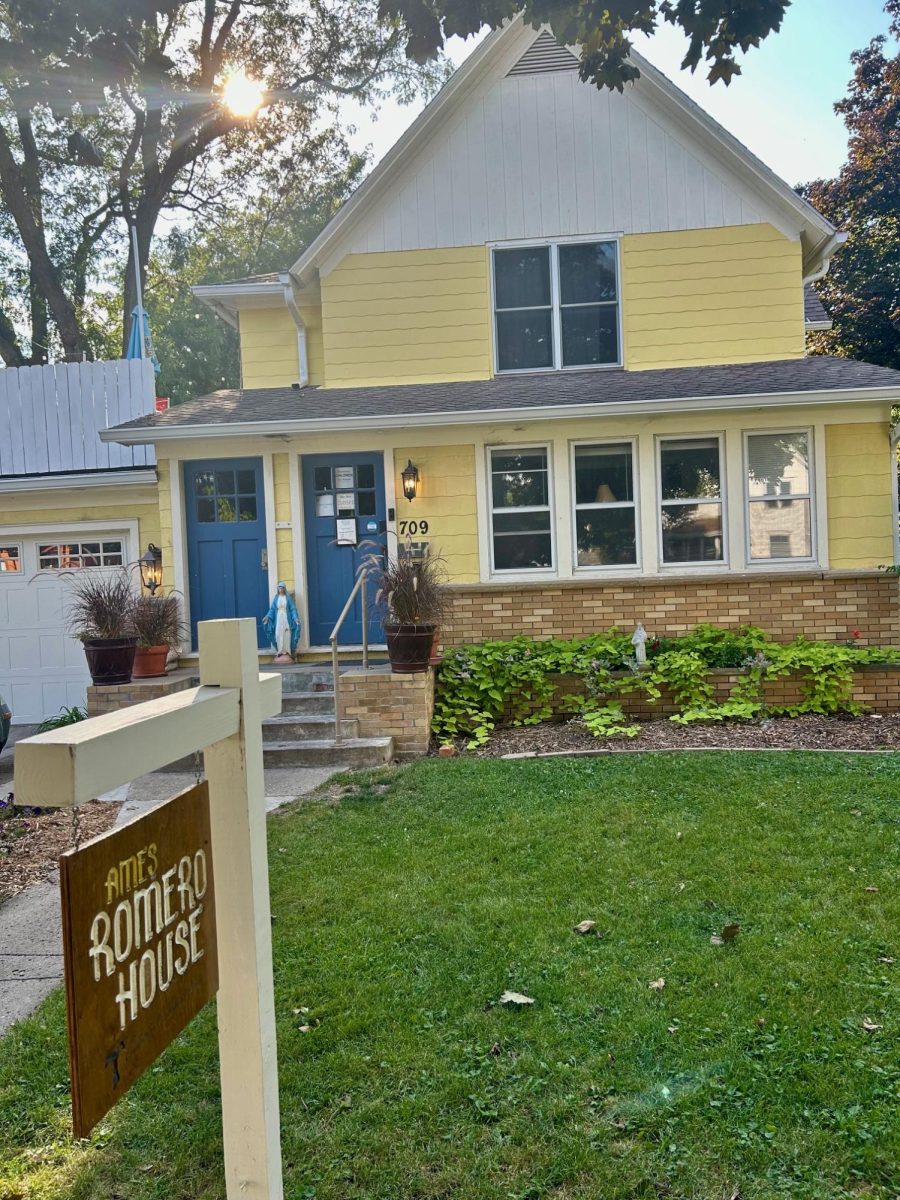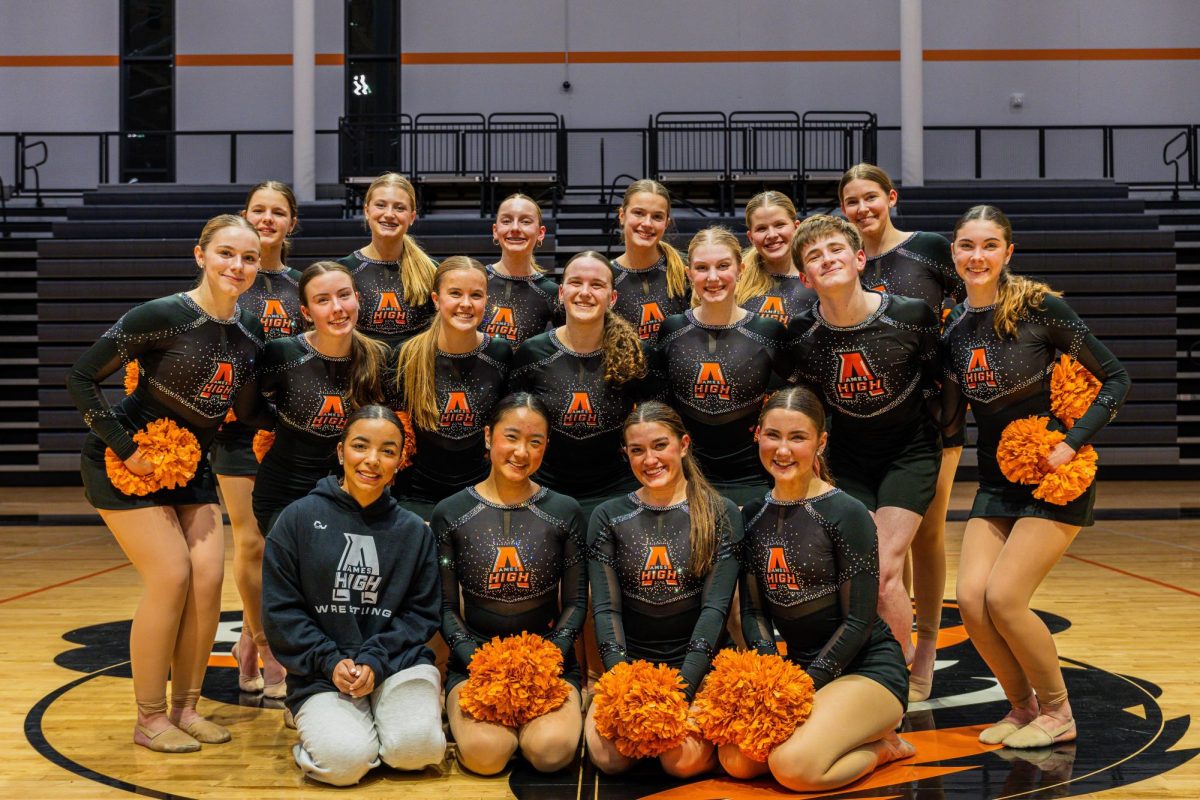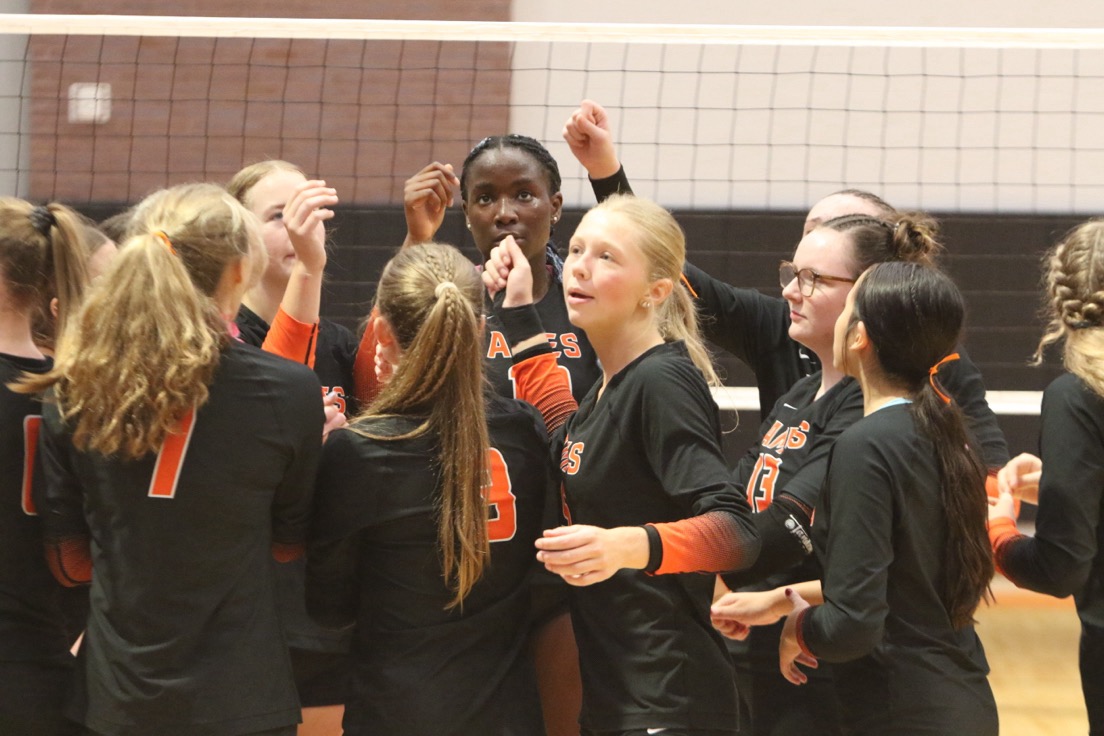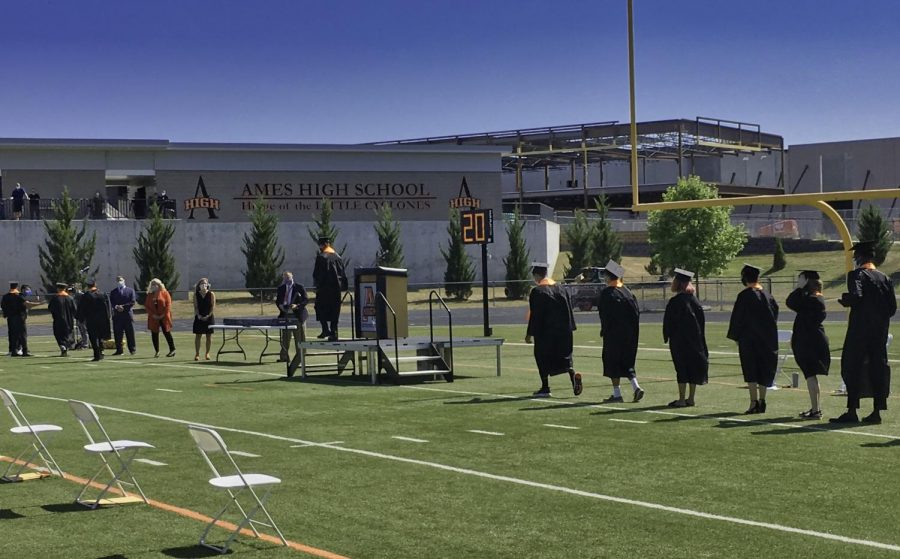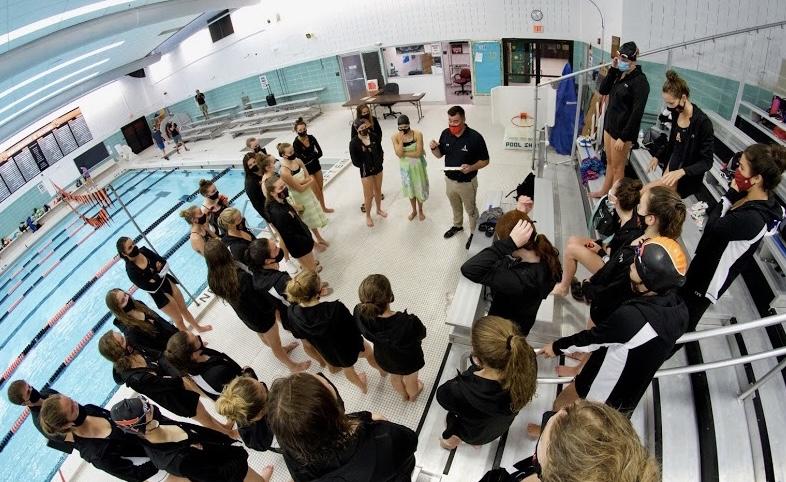As a senior, I can say with certainty that one thing has changed from junior to senior year: the small talk. Back in the good old days, as a junior, the small talk between adults and myself would revolve around mundane things like the weather and how my junior varsity tennis season was going, which, by the way, went great. Thanks for coming to my meets. Anyways, nowadays the small talk centers on only one question over and over again: where are you going to college? While I get annoyed when I am asked this question, at least itâs not, âHow are you going to pay for college?â which, in my opinion, is a more difficult question to deal with. Considering the continual increases in tuition, far surpassing the rate of inflation, paying for college has become a problem that many college-bound seniors will have to face. According to collegeboard.com, the average tuition of a four-year private college is $22,218 and for a four-year public college it is $5,836, which is about the same as the tuition of the University of Iowa and Iowa State University. When factoring in room and board, books, and personal expenses, both Iowa State and University of Iowa come out to around 17,000 per year. A survey released this year by the Minnesota State Colleges and Universities system found a full three-quarters of students say their parents donât help them with the cost of their education. To me, it seems nearly impossible to pay for college without the help of parents. If you work 20 hours a week at $7 an hour for the whole year, congratulations youâve just earned $7,240. Unfortunately, you need about $10,000 more. Even if you worked 40 hour weeks at $7 an hour for the whole year, you would earn $14,560, falling about $2500 short. Donât forget that this is work on top of college classes, which theoretically are supposed to take one hour outside of class for every hour spent in class. Granted, usually students get some sort of need-based financial aid, but this also is rather misleading. Most financial aid packages are the in the form of grants, loans, and work-study programs. While grants are essentially âfree money,â generally they are incredibly hard to obtain. For example, the Pell Grant program, which is provided by the government and is the largest need-based program in the United States, only goes to those who have exceptional financial need. This leaves a large student population with nothing to do other than turn to loans, which makes up 54% of the total aid rewarded each year according to collegeboard.com. The last main component of financial aid is work-study programs, which involves the student being employed by the college to pay for tuition. But most work-study programs pay only marginally better than the job at the local fast-food place, making this âfinancial aid rewardâ somewhat of a farce. For the majority of students who donât qualify for need-based aid, we at The WEB can see that the benefit of having a college degree outweighs the steep cost of college. According to U.S. Census Bureau statistics, people with a bachelorâs degree earn nearly twice as much on average than those with only a high school diploma. So while college costs may seem incredibly daunting, the sacrifices you make for a degree will pay off in the long run. Sadly, all too often the initial cost is enough to deter people from the possibility of a college education.
Categories:
Unreasonable expectations for college tuition costs
Mukund Premkumar
•
February 15, 2007
Story continues below advertisement
0
Donate to The WEB
$150
$450
Contributed
Our Goal
Your donation will support the student journalists of Ames High School, and Iowa needs student journalists. Your contribution will allow us to cover our annual website hosting costs.


